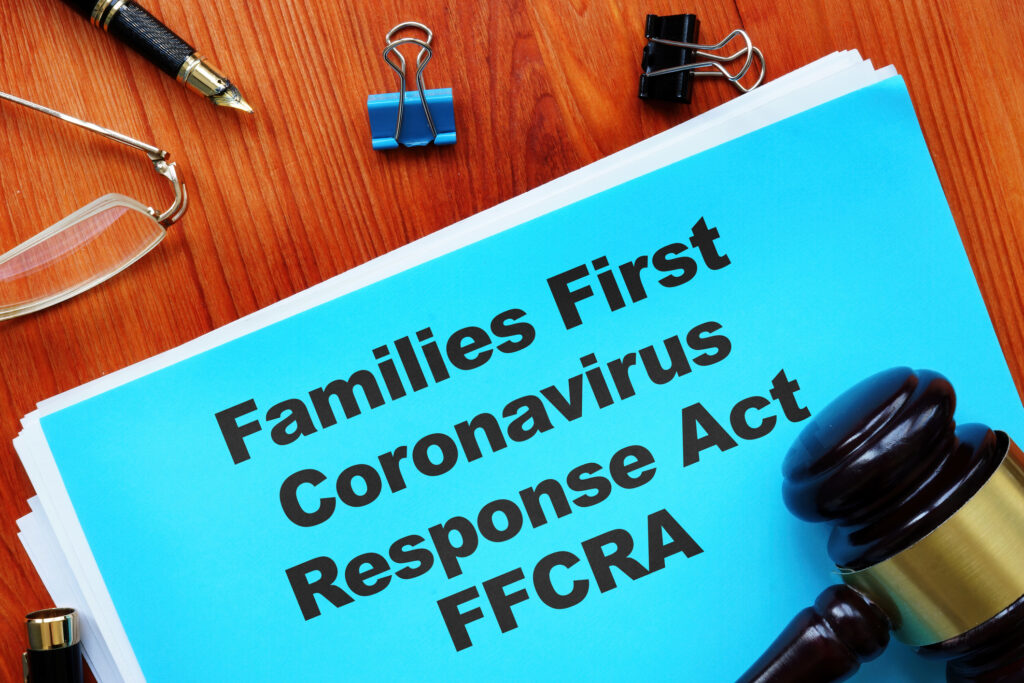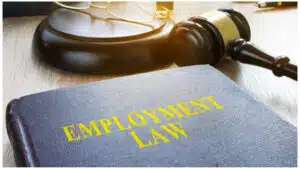Written By: Christopher B. Dolan and Kimberly E. Levy
Danny T. writes:
Q: “My wife and I both work. We have two young children. We just got word that our kids would be in distance learning for the beginning of the school year, maybe longer. We cannot afford to have either of us out of work while we homeschool our kids. We are worried that our kids won’t get the education they need because we have to work to make ends meet. Is there any help available?”
A: Dear Danny T.,
During these uncertain times, many families find themselves in an incredibly difficult position without a safety net. Parents are forced to balance two critical needs:
- providing for their families and
- helping their children receive a quality education through active participation in distance learning.
Fortunately, there is some support available to help families negatively impacted by school closures and unavailability of childcare. On April 1, 2020, the Family First Coronavirus Response Act (FFCRA) took effect. The Act consists of two major components:
- Expansion of the Family Medical Leave Act (FMLA) until the end of December 2020, to cover leave and loss of income when an employee needs to care for children because of school or childcare closures and other leave related to COVID-19; and,
- Establishment of the Emergency Paid Sick Leave Act which requires employers to pay an employee up to 80 hours (two weeks) of sick leave at a rate of two-thirds their normal rate of pay if the employee is unable to work due to COVID-19 related childcare needs.
Who is Eligible for Paid FMLA Leave?
Under the expansion, FMLA leave may be used to care for a minor child whose school or care provider is closed or unavailable due to COVID-19. In order to qualify, the employee must be the minor child’s parent (biological or adoptive), foster parent, legal guardian, or standing in loco parentis (a legal status). Additionally, the employee must have been employed for at least 30 calendar days.
While typically paid leave is available to employees of companies with 50 or more employees, expanded FFCRA paid leave applies to all employers, unless subject to an exemption. Benefits under the expanded FMLA are available to teleworking employees as well as those working outside of the home.
What Benefits are Available under the Expanded FMLA?
The first two weeks of leave are unpaid, although the time may be covered by the Emergency Paid Sick Leave Act or other paid time off options already available through the employer. After the initial waiting period, the employer must pay the employee two-thirds of the employee’s normal rate of pay, up to a maximum of $200.00 per day for 10 weeks ($10,000).
FMLA leave may be taken intermittently, allowing an employee to work part-time and care for their child(ren) part-time.
For example, if the employee/parent only needs to take 2-4 hours of leave per day, this arrangement is permissible under the act.
The expanded act also requires employers to reinstate employees to their original position upon return from leave, with some exceptions for employers with fewer than 25 employees. For those smaller employers, reinstatement is required unless the position was eliminated due to economic conditions related to COVID-19. Those employers, however, must make efforts to reinstate the employee in an equivalent position.
When electing to use FMLA leave, employees should give their employer as much notice as possible if the need for leave is known about in advance. To learn more about your rights under the FFCRA, click here.
In addition to the federal protections provided by FFCRA, California recently passed the Workforce Innovation and Opportunity Act which provides funds to assist workers impacted by COVID-19. Under this act, Statewide Worker Supportive Services provides funding to underserved populations to help workers to pay for childcare, housing, utilities, and transportation.
There are two tiers of eligibility:
- Individuals receiving at least 50 percent of their previous wages either from their employer directly or Unemployment Insurance (UI) benefit payments may receive supportive services totaling $400.
- Individuals who are not receiving at least 50 percent of their wages from their employer directly or through UI benefit payments may receive supportive services totaling $800.
This program is administered through the local Workforce Development Board. To search for the closest board, click here.
If you believe you were unlawfully denied paid leave or were terminated because you requested it, an employment attorney may be able to assist you.
—
Christopher B. Dolan is the owner of the Dolan Law Firm. Kimberly E. Levy is a senior associate attorney in our San Francisco office. Email questions and topics for future articles to: help@dolanlawfirm.com.










